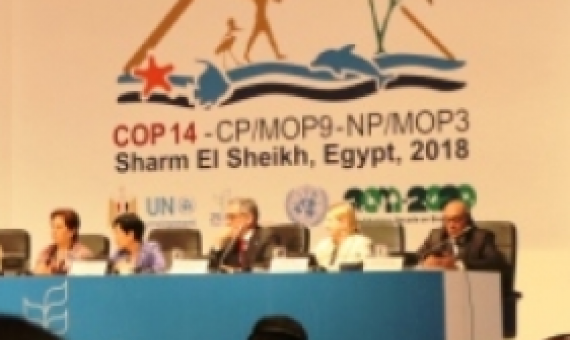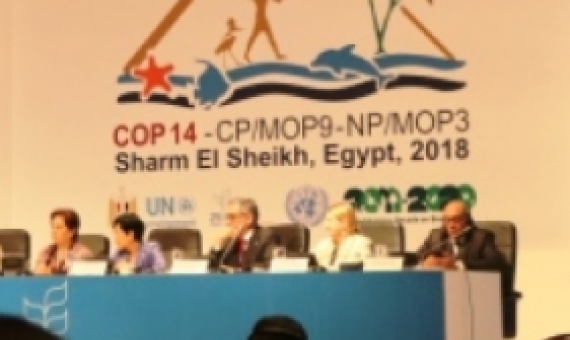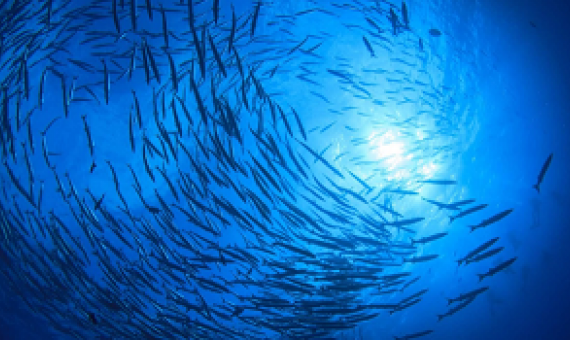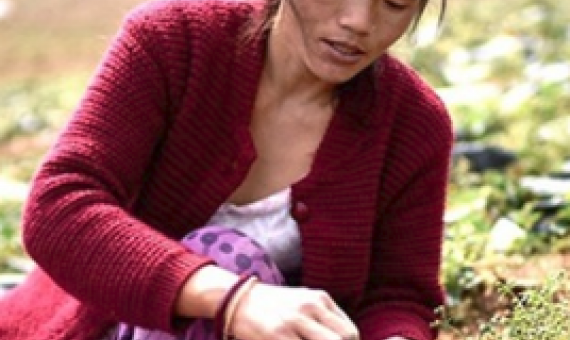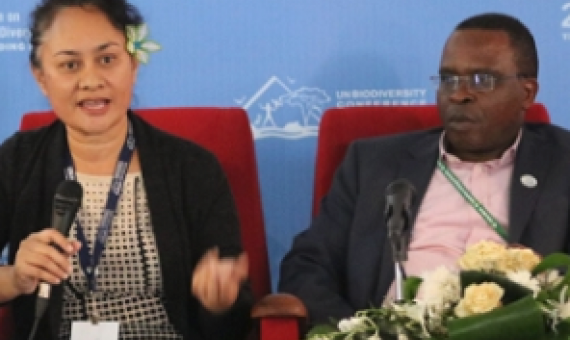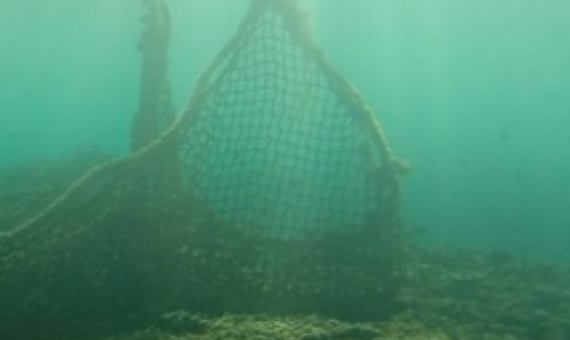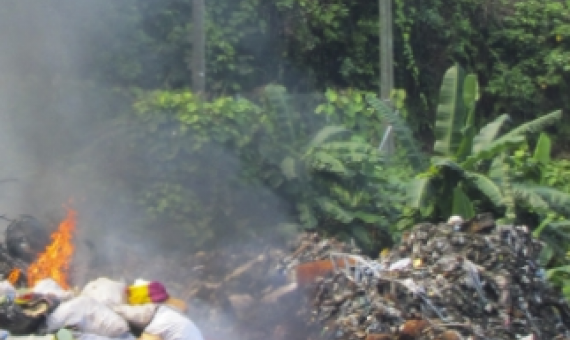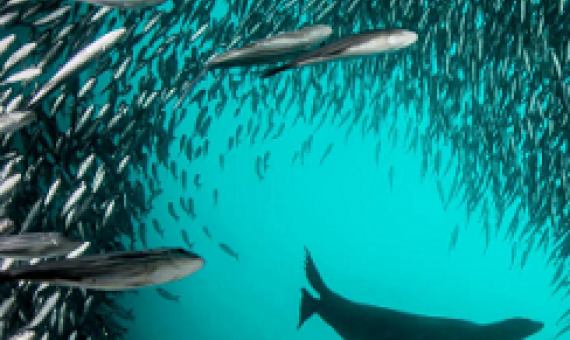The 2018 UN Biodiversity Conference in Egypt concluded with a broad international agreement on reversing the global destruction of nature and biodiversity loss threatening all forms of life on Earth.
The UN Biodiversity Conference was held from 13-29 November 2018 in Sharm El-Sheikh, Egypt, under the theme ‘Investing in Biodiversity for People and Planet’...Emerging technologies and the process for developing the post-2020 global biodiversity framework received the lion’s share of attention.
The Blue Pacific narrative underlies our ownership of our ocean space - Pacific people taking control of our domain, which is critical to managing our ocean resources, biodiversity, ecosystems and data...Click on the link below to read the full article.
This free, seven-week MOOC will provide you with the tools to assess the policy, institutional, and economic context for biodiversity finance; conduct a financial needs assessment to achieve a country’s biodiversity goals; and develop a biodiversity finance plan that identifies the most suitable
As the Convention on Biological Diversity meeting takes stock of Aichi Targets, the suggestion of bringing indigenous communities’ areas under formal protection is highly contested. Click on the link below to read the full article.
The role of Pacific women within the biodiversity field is apparent at the CBD COP14. Of the 11 Pacific island Parties attending the UN conference in Sharm El Sheikh, four have delegations made up of only women, with two having women as more than half of their delegation.
“Investing in biodiversity for people and planet” is the theme of the world’s largest biodiversity conference in 2018 hosted in Sharm El-Sheikh, Egypt. Click on the link below to read the full article.
“We all seem to agree that biodiversity is the foundation for human health and wellness but ironically as human beings we are primarily responsible for destroying biodiversity - the very thing that we rely on for our survival and livelihoods,” said Mr Kosi Latu, Director Gener
Although the amount of manufactured products in the Pacific is low, it still has a negative impact on our biodiversity. Conversely, because of the relatively low level of locally manufactured products, we import much more from countries outside the Pacific islands region.
A new report from major international conservation groups found protected areas need to be better enforced and monitored. Click on the link below to read the full article.

